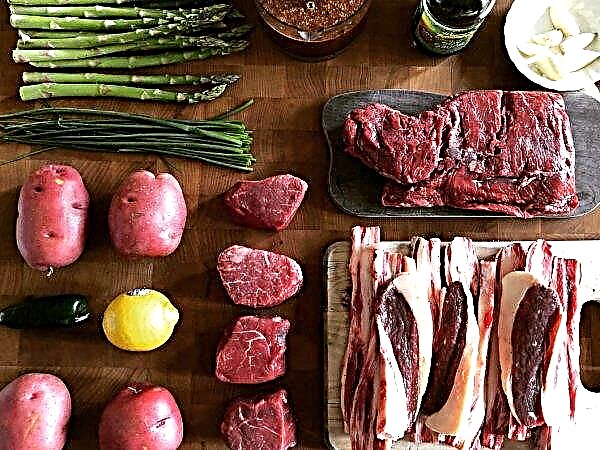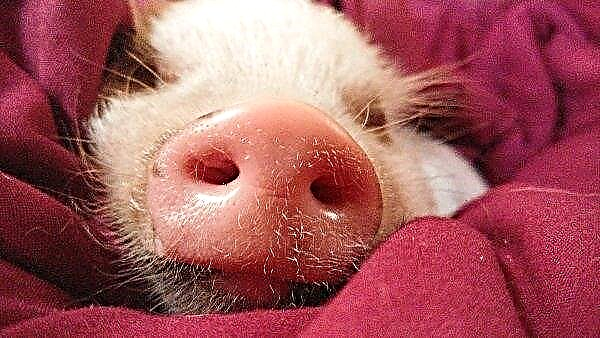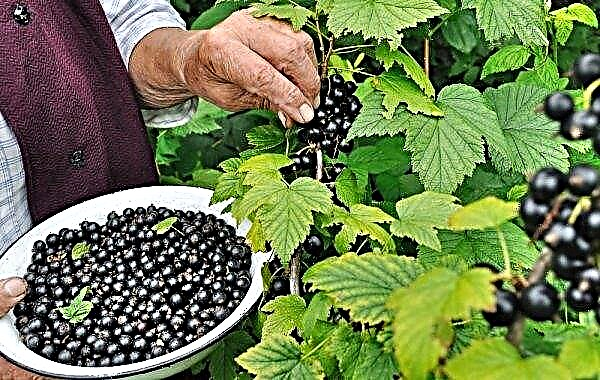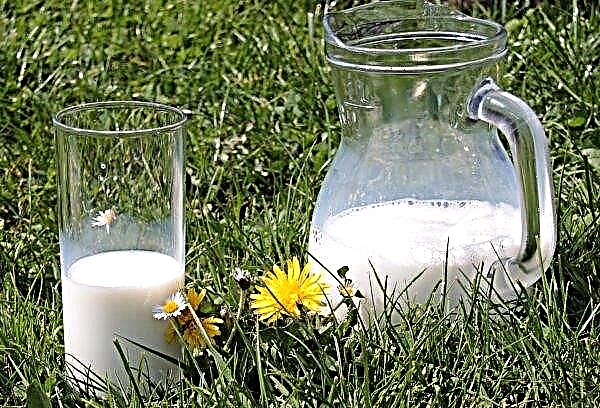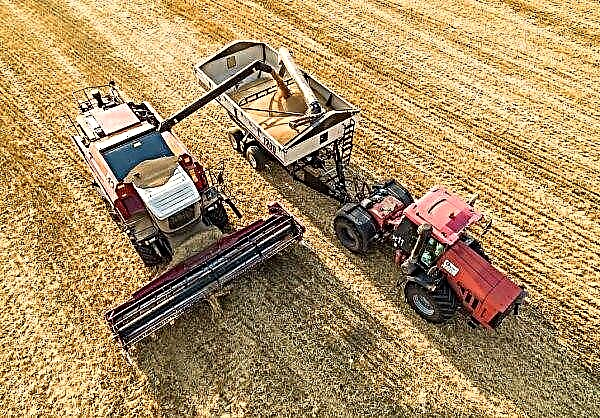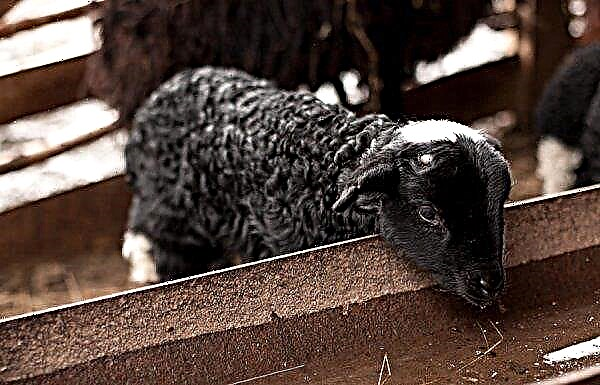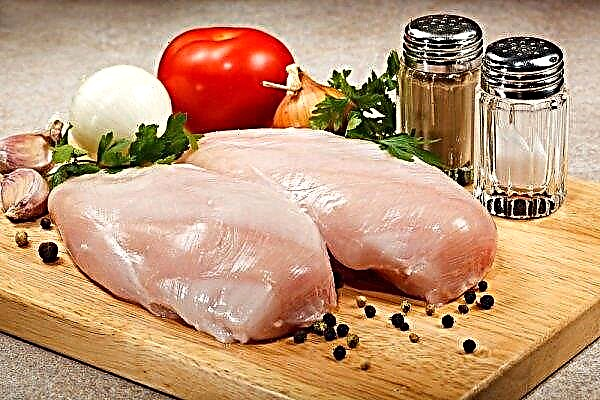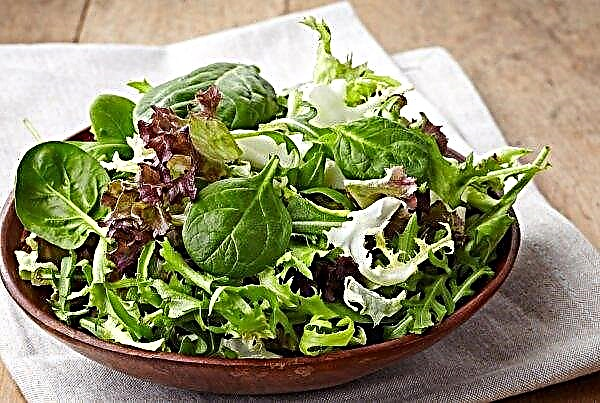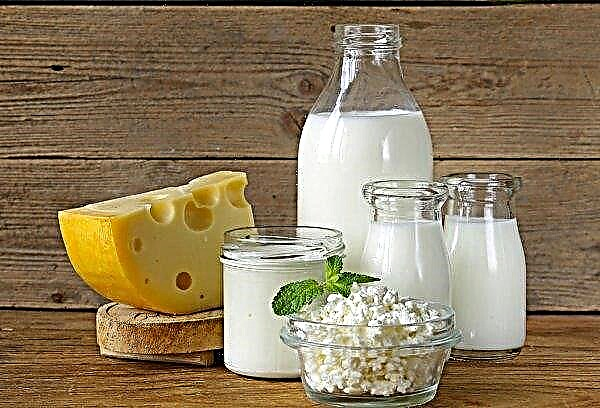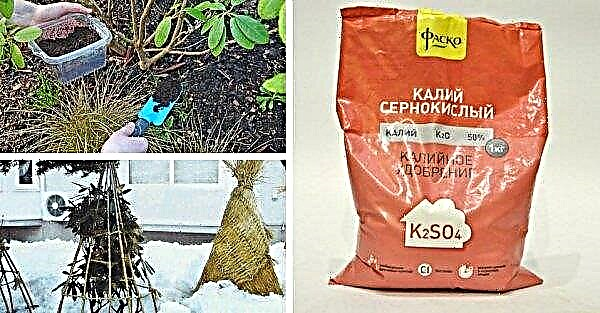Winter wheat is suitable for cultivation in different climates. In addition, it yields an order of magnitude higher than that of spring. Ermak winter wheat was obtained by the method of stepwise hybridization and selection of suitable specimens by the employees of the GNU All-Russian Scientific Research Institute of Grain Crops named after I. G. Kalinenko (Zernograd, Rostov Region). The article will tell you about the characteristics of this variety.
Botanical Description
This winter wheat (erythrospermum) grows in the form of bushes with glossy leaves without an edge and a waxy coating, up to 90 cm high. The straw has a cavity inside. Medium spinous spikelet 7–9 cm long is whitish in color and similar in shape to a spindle. Short white awns diverge to the sides. Spikelet scales of medium length and egg-shaped contain sharp teeth.

Grains of oval-round shape and medium size have a reddish tint, slight pubescence and a groove of small size. This plant crop is classified as mid-early variety. The genotypic formula of gliadins is 317 + 1311 ++.
Did you know? Wheat is soft (occupies about 90% of all land) and solid, consisting only of spring varieties. The first option is used for baking bakery products, and the second - for the production of pasta, spaghetti, vermicelli and semolina.
Variety Characteristics
The growing season is approximately 277–292 days. This is a strong wheat of a high-yielding variety of medium early ripening.
Ermak winter wheat grains have the following milling and baking characteristics:
- weight of 1 thousand grains - 44.4 grams;
- grain nature - 798 grams per 1 liter.
 Grain is valuable for the baking industry.
Grain is valuable for the baking industry.
It is characterized by the following indicators:
- protein - 14.5%;
- gluten - 30.9%;
- IDK - 55-60 A. Ts .;
- W 350–441;
- the volume of bread from 100 g of flour - 1,080–1,300 ml;
- baking score - 9.0 points.
This variety is highly resistant to various diseases, as well as the negative effects of the climate. It can “boast” of frost resistance, drought resistance and tolerates adverse conditions.
After wintering in spring, seed germination is about 85–100%. Resistant to lodging and does not require the use of pesticides. The variety has a high ability to recover and give new shoots in the spring. It is a soft variety.
Did you know? Wheat was brought to America by Europeans in 1602. In the city of Quito (Ecuador), a simple clay pot is still stored in which a wheat bush was first grown on the American continent.
Productivity
Ermak wheat sown in maize showed an average yield of 7.7 t / ha. Crops after peas yielded higher yields - 9.7 t / ha. The maximum was collected in 2017 - 10.57 t / ha. The best grain yield can be obtained in snowy winters. The yield will be low with long severe frosts without snow cover.
Growing Regions
Ermak winter wheat grows well in the North Caucasus, Central Black Earth and Lower Volga regions of Russia. She showed herself well in Ukraine and Moldova. This plant crop prefers high and medium agrofon. The best indicators are in the steppe and forest-steppe zones.

Sowing rules
When sowing wheat, you must follow the rules of agricultural technology. The best predecessors of this variety are peas and other legumes, corn, perennial mixtures of herbs, early potatoes, green manure and so on. Sowing in the winter can be quite late. Timing largely depends on the climate zone. Mostly landing occurs in September - October.
Seeding rates
The norm for sowing seed is 4.6–5 million grains per hectare. It should be borne in mind that the mass of 1 thousand grains is 44.4 g. It is worth noting that the seeds must first be prepared. They need to be treated with drugs ("Vincit Forte", "Ivin", "Oksigumat"), which prevent the appearance of various diseases and pests. In late crops, the number of seeds is recommended to be increased by 10%.
 If the winter was too harsh, in spring, spring wheat should be planted in areas where there are no seedlings.
If the winter was too harsh, in spring, spring wheat should be planted in areas where there are no seedlings.
Soil preparation
On the eve of the sowing, the soil is being prepared. For this purpose, the remains of vegetation and weed grass are removed from the site. In this case, herbicidal preparations can be used, but they should be used at least 14 days in advance. For large areas, plowing is carried out mechanically using special equipment to a depth of 20–23 cm.
Then, mineral fertilizers or manure are also applied using special equipment (fertilizers, manure spreaders). If manure is chosen to enrich the soil with nutrients, then plowing is carried out after it is scattered around the site in order to better mix it with the ground.
Sowing depth
Seed material is placed in the soil at a depth of 4-8 cm. If the earth is heavy in its structure, then not deeper than 3-4 cm. On sandy soils, the depth of incorporation is about 7.5-8 cm. Sowing itself can be carried out in various ways.

Ways
Sowing is carried out in rows, as well as by the cross and narrow-row method. For this purpose they use agricultural machinery - special seeders. After sowing, soil is rolled in order to maintain moisture level. Then make a reservation to eliminate the formation of crust, so that there is a good flow of moisture and oxygen.
Care Features
To get a good crop of winter wheat crops, you need to organize proper care. For this, nutrients must be added to the soil. Do not forget about the fight against insect pests and inspect crops for disease. Processing against pest invasion over large areas is carried out with the help of agricultural aviation.
Processing against pest invasion over large areas is carried out with the help of agricultural aviation.
Fertilizers
This plant crop needs nutrients that come from the soil. The rate of mineral fertilizers is determined based on the composition of the soil. Wheat responds well to Ph 6.6–7. Suitable for top dressing organic.
It makes about 22-30 tons per 1 hectare. Planting needs potash and phosphorus fertilizers, which are necessary to increase frost resistance and germination of seed material. They must be used during sowing.
Important! The later the last top dressing with nitrogen fertilizer is carried out, the less its effect on productivity, and more - on the quality of grains. They decrease the content of gluten.
Atalso get nitrogen-containing foliar top dressing at least 3-4 times per season:
- In early spring. Contribute 35 kg per 1 hectare (20-30%).
- When shoots appear. The dose is increased to 50 kg / 1 ha (50-60%).
- At the initial stage of the formation of an ear and pouring grains. The rest is normal.

Prevention against diseases and pests
Ermak variety is resistant to brown and yellow rusts, powdery mildew, and smut. But wheat can still be affected by root rot and bacteriosis. They give themselves out as a slowdown in the growth of culture, a change in its color, the absence of grains in spikelets, their small size, and rotting of the root system.
In most cases, winter varieties go away from these diseases, but if significant lesions are found, it may be necessary to use preparations such as Bayleton or Fundazol.
The most common crop pests:
- bread beetle;
- cereal fly;
- red-breasted drunkard;
- ground beetle.
 To prevent their occurrence, a good digging of the land with the introduction of drugs to destroy their larvae is needed. Equally important is the quality processing of grain. Correct crop rotation should also be observed.
To prevent their occurrence, a good digging of the land with the introduction of drugs to destroy their larvae is needed. Equally important is the quality processing of grain. Correct crop rotation should also be observed.
Harvesting and storage
Ermak wheat is harvested when its grain reaches wax ripeness and humidity not higher than 28%. Optimally, if it is at the level of 14-17%. Harvesting is most advantageous by direct combining, as it is simultaneously mowed and threshed.
Important! In order not to lose the crop, it is harvested before the wheat ears dry out and begin to crumble.
If the ears are ripe unevenly, then the cleaning is carried out in a separate way. With it, wheat is mowed by the reapers in low-cut rolls. Then the mowings are allowed to dry for 2-3 days. After that, it is picked up and threshed with the help of combines. Then, wheat grain is delivered to the elevators, where they are further processed in the drying and treatment equipment.
The following actions occur:
- filtration from weeds and insects;
- calibration
- drying to a moisture content of 14%;
- cooling.
 Then the grain is disinfected. Wheat prepared by these actions is stored in a dry room with good ventilation, humidity of 65–70% and a temperature regime of + 5 ... + 8 ° С. It is periodically mixed so that the grain does not heat up and does not shed.
Then the grain is disinfected. Wheat prepared by these actions is stored in a dry room with good ventilation, humidity of 65–70% and a temperature regime of + 5 ... + 8 ° С. It is periodically mixed so that the grain does not heat up and does not shed.
Pros and cons of the variety
Ermak variety is already well tested.
- It belongs to strong wheat, and its advantages are the following characteristics:
- It winters well and tolerates frosts.
- High yields.
- High drought tolerance.
- Resistance to many diseases. This allows you to save on the use of pesticides and retardants.
- Highly resistant to lodging.
- The ability to recover well and to cluster under adverse climate conditions.
- Good quality and versatility in the use of grain. It has excellent characteristics for the production of bread.
Did you know? The Swiss Museum has exhibition material in the form of an ancient piece of bread dated to the age of 6 thousand years BC. He was found in the lake of Zurich in a petrified state in the 50s of the twentieth century.
The mid-early variety of winter wheat Ermak is highly resistant to adverse climatic conditions and diseases. He gives high yields of grain for flour for baking bread.

